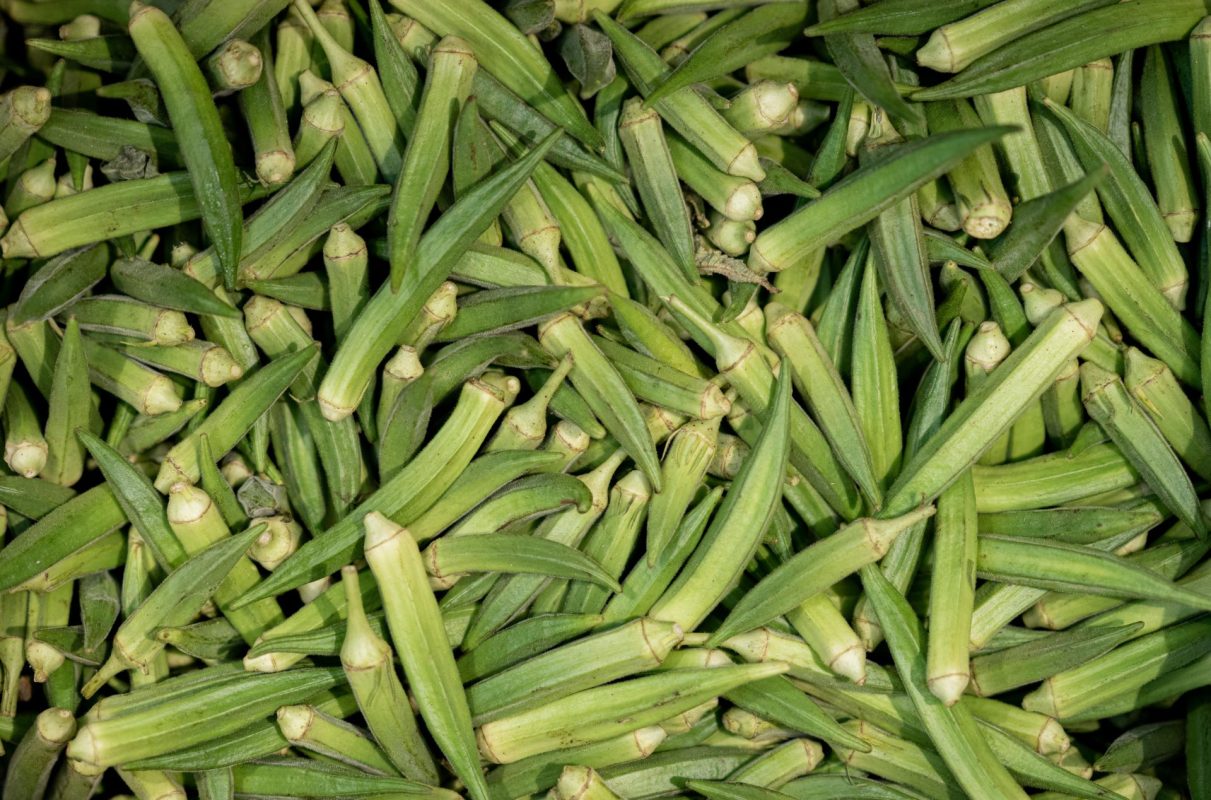YETRAC
Cultivation of Okra: A Comprehensive Guide
Cultivation of Okra: A Comprehensive Guide
Understanding the Dynamics of Okra Cultivation
Okra, also known as lady’s finger, is a traditional vegetable cultivated in specific regions across our world, often using specific local varieties. Due to its labor-intensive nature in terms of planting, weeding, and harvesting, okra is typically grown in relatively small areas. Its ability to thrive in lightly sloped and infertile soils without requiring excessive irrigation makes it economically viable and convenient for producers. Additionally, okra cultivation includes both dryland and irrigated farming methods.
Planting Time
Given its preference for warm climates, okra planting should commence only when the air temperature reaches 16°C and the soil temperature exceeds 15°C. The timing of seed planting varies depending on the region and is determined by soil moisture levels. Generally, the planting period spans approximately 15-20 days for a specific region.
Planting Method
Typically, okra seeds are directly sown into prepared furrows in the field or through direct seeding on flat ground. In spring, the soil is lightly tilled, and furrows are made at 40-50 cm intervals. If the soil is adequately moist, seeds are sown immediately; otherwise, furrows are watered lightly to enhance soil moisture. Seeds are planted at a depth of 2-3 cm, with 3 seeds per hole and spaced 20-25 cm apart. Additionally, a handful of well-rotted manure is placed over each hole to prevent the formation of a crust layer, facilitating germination.
For dryland cultivation, seeds are sown manually or using a seeder at row intervals of 40-50 cm and plant intervals of 15-20 cm. Approximately 1.5-2 kg of seeds are sufficient for one hectare of land.
Cultural Practices
Maintenance tasks for both flat and furrow cultivation methods are similar, with the only difference being thinning in furrow cultivation, leaving 2 plants per hole. Weeding is crucial to prevent the growth of unwanted plants and ensure soil aeration. In dryland farming, when plants reach a height of 15-20 cm, a second hoeing is performed. Additional hoeing may be required based on plant growth.
Irrigation
In furrow cultivation, supplementary irrigation is provided as needed, depending on climatic conditions, immediately after seeding. Irrigation is especially beneficial after the appearance of the first fruits. Overhead irrigation is strictly avoided to prevent powdery mildew.
Fertilization:
Based on soil analysis, a commercial fertilizer containing 3-4 kg of nitrogen, 8-10 kg of phosphorus pentoxide, and 10-12 kg of potassium oxide per hectare is incorporated into the soil to a depth of 0-15 cm. Additionally, applying 2-3 tons of well-rotted farmyard manure per hectare is recommended. Limiting nitrogen fertilizer application prevents excessive plant growth. In the arid lands of the Marmara Region, okra can be cultivated without water or fertilizer application.
Pest and Disease Management:
The most prevalent disease affecting okra cultivation is powdery mildew, while aphids pose a significant threat as pests. Although other diseases and pests are relatively minor, preventive measures should be taken against fungal diseases like root rot and pests like whiteflies.
Maturity, Harvest, and Storage
Harvesting is the most critical aspect limiting okra production. The fine hairs between the fruit, stem, and leaves can be quite bothersome during harvesting. Depending on the variety, okra begins flowering approximately 40-60 days after seed sowing. Harvesting can commence either one day or 3-4 days after flowering, depending on the intended use and variety. Typically, harvesting occurs when the fruit reaches one-third of its normal size, which ranges from 1.5 to 4.0 cm, depending on the variety. Harvesting involves pulling the fruits downwards. A skilled laborer can harvest 10-15 kg of okra per day, although this may vary for smaller-fruited varieties like Amasya flower okra.
Yield
Under favorable conditions with proper variety selection and cultivation practices, okra yields can range from 500-800 kg per hectare. Certain foreign okra varieties can achieve yields of up to 4,000 kg per hectare.

